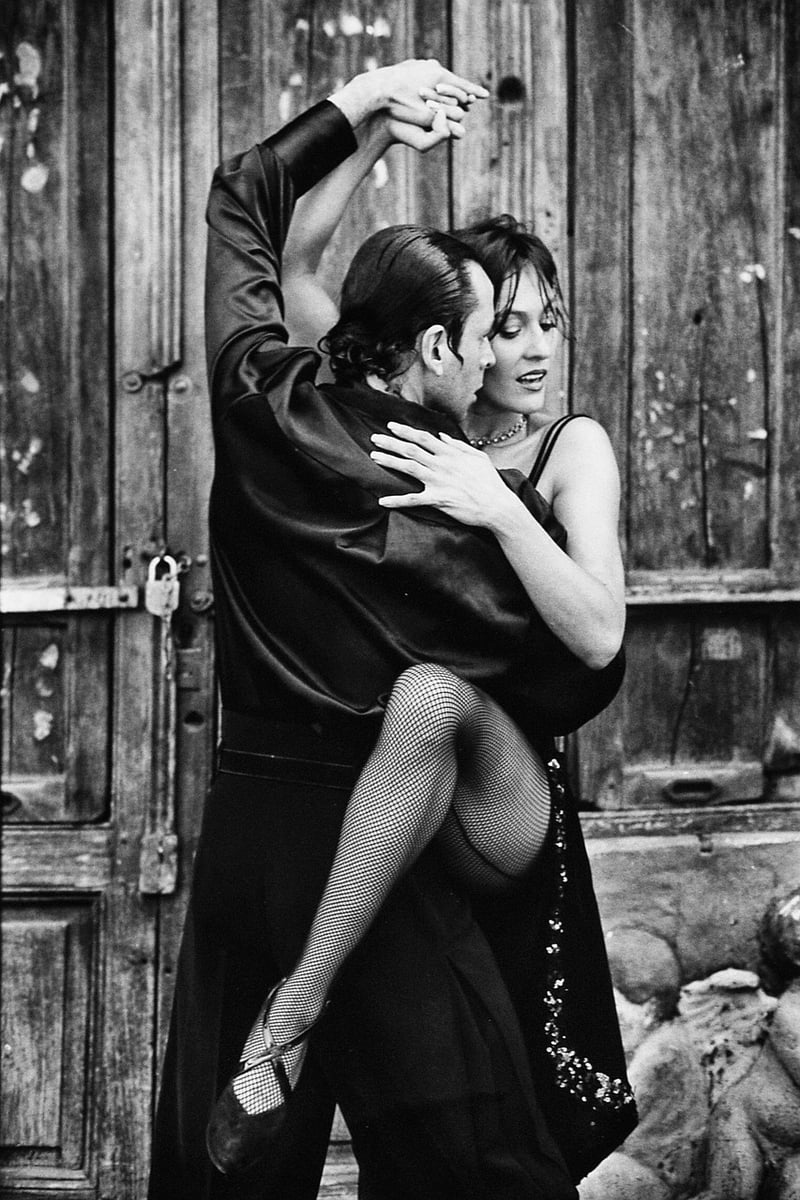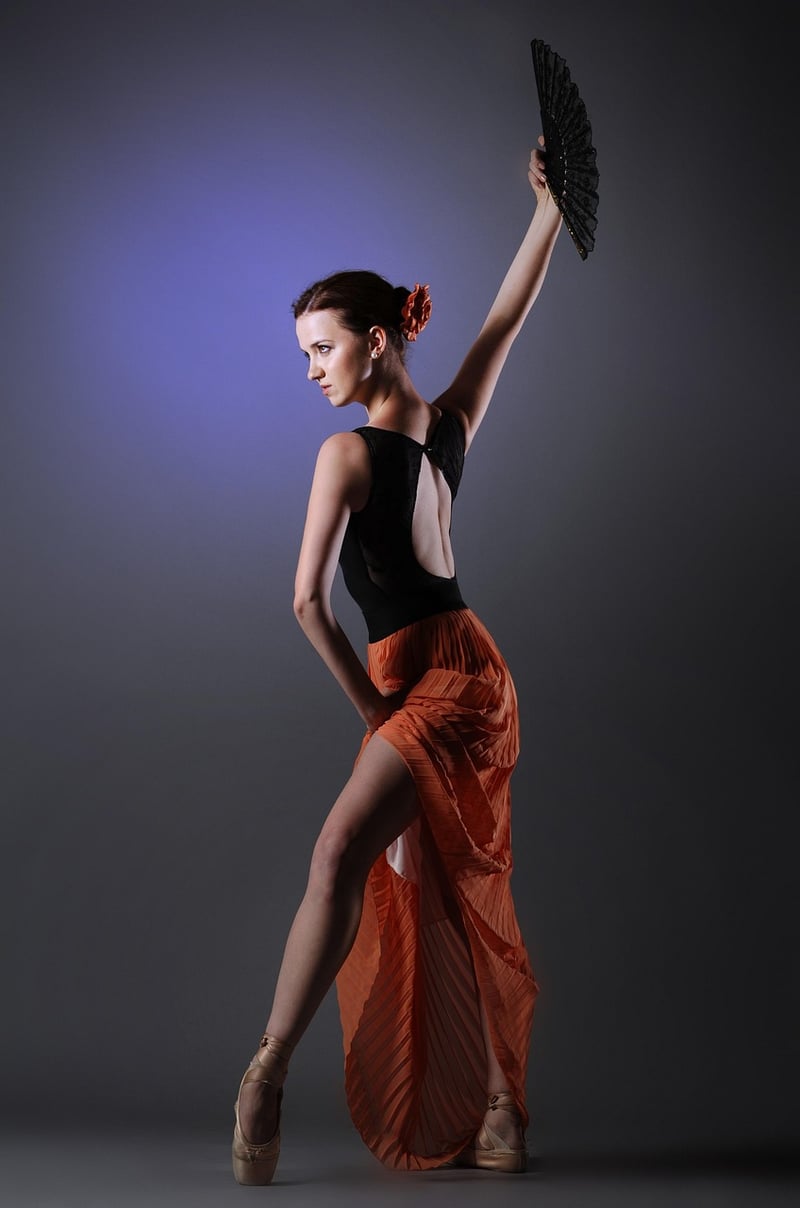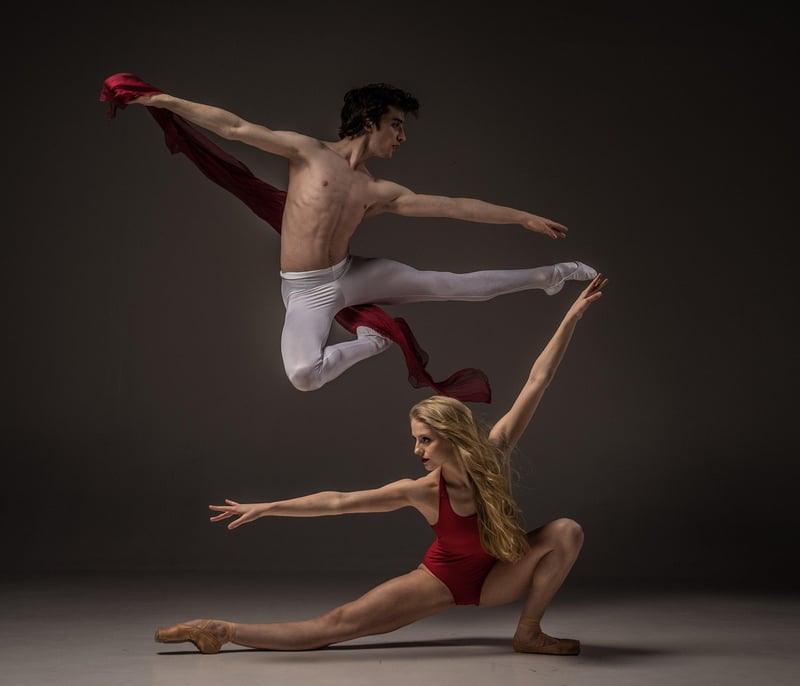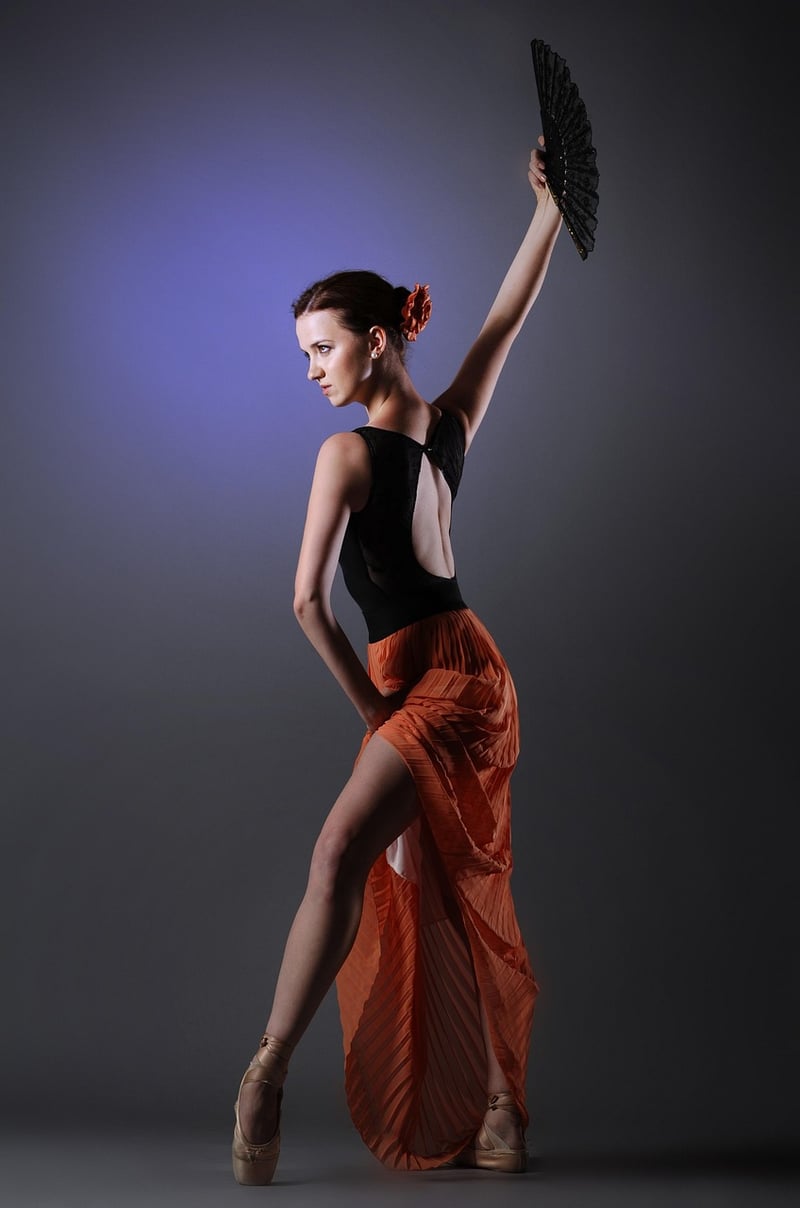Contemporary
Exploring Expressive Movement Forms for Artistic Expression in Contemporary Times
Artistic expression through movement has a long and rich history, with various forms evolving to reflect the changing times and cultural landscapes. In contemporary art, expressive movement forms continue to captivate audiences and artists alike, offering a unique way to convey emotions, stories, and ideas. Let's delve into some of the captivating movement forms that artists are using for creative expression today:
1. Contemporary Dance
Contemporary dance is a dynamic and innovative form that blends elements of various dance styles, such as ballet, jazz, and modern dance. It focuses on exploring the body's natural movement and emotions, allowing for a wide range of creative expression. Contemporary dancers often push boundaries and experiment with new ways of moving, creating visually stunning performances that resonate with audiences.

2. Butoh
Originating in Japan in the late 1950s, Butoh is a form of avant-garde dance that emphasizes raw, primal movements and expression. Butoh dancers often explore themes of darkness, transformation, and the subconscious, creating haunting and thought-provoking performances. This form challenges traditional notions of beauty and grace, opting instead for a more visceral and intense approach to movement.

3. Contact Improvisation
Contact improvisation is a form of dance that emphasizes physical connection, weight-sharing, and spontaneous movement creation between dancers. It encourages exploration of gravity, momentum, and trust, leading to organic and unpredictable choreography. Contact improvisation fosters deep communication between dancers and often results in captivating performances that blur the lines between improvisation and choreography.

4. Gaga Movement Language
Developed by Israeli choreographer Ohad Naharin, Gaga is a movement language that focuses on increasing body awareness, flexibility, and stamina. It encourages dancers to explore their bodies' sensations and impulses, leading to a more authentic and uninhibited way of moving. Gaga classes often involve improvisation, imagery, and physical tasks to help dancers connect with their bodies and emotions.

These expressive movement forms offer artists a diverse range of tools for creative expression in contemporary times. Whether exploring the boundaries of traditional dance or delving into experimental and avant-garde forms, movement remains a powerful medium for conveying emotion, narrative, and human experience.
Embrace the artistry of movement and discover the endless possibilities it holds for artistic expression in today's dynamic and ever-evolving creative landscape.
